Lighting plays a crucial role in various environments whether it’s for residential commercial or industrial spaces.
With technological advancements numerous types of lighting solutions are available today. Two popular options are COB (Chip on Board) lights and Panel lights.

Though both serve the purpose of providing illumination they differ in several key aspects.
This article will explore COB lights vs Panel lights comparing their performance benefits and ideal use cases.
What is COB Light?
COB, or Chip on Board, refers to a lighting technology where multiple LED chips are mounted directly onto a substrate or board. This results in a higher intensity of light output and an even distribution of light. COB lights are designed for applications that require a powerful, concentrated source of illumination, like streetlights, high-bay lighting, and vehicle headlights.

Characteristics of COB Lights
COB lights are highly efficient, providing bright light while consuming less power compared to traditional lighting technologies. They are known for their compact design and ability to deliver uniform lighting without visible dark spots.
What is Panel Light?
Panel lights are flat, thin lighting panels that use LED technology to provide bright, uniform illumination across a large area. These lights are typically used in office spaces, kitchens, hallways, and other areas where ceiling-mounted lighting is required. Panel lights are designed to blend seamlessly into the ceiling, offering a minimalist and sleek look.

Characteristics of Panel Lights
Panel lights have a wide distribution of light, creating an even illumination with minimal shadowing. These lights are known for their low profile and versatility, making them suitable for various indoor environments. Panel lights also offer energy efficiency and longevity, with some models featuring dimming capabilities.
A Comparison Table: COB Light vs Panel Light
Aspect | COB Light | Panel Light |
Light Output | High-intensity, focused light | Uniform, widespread light |
Efficiency | More efficient, consumes less power | Energy-efficient but slightly higher consumption |
Heat Management | May generate more heat, but well-managed | Less heat generation due to large surface area |
Lifespan | Long lifespan with durable materials | Long lifespan, though dependent on build quality |
Applications | High-intensity lighting (outdoor, warehouses, automotive) | General indoor lighting (offices, homes, etc.) |
Cost | Generally more expensive | Affordable and cost-effective |
Aesthetic Appeal | Less aesthetic appeal, functional | Sleek, modern design, blends into ceilings |
Light Output
- COB Light: COB lights produce high-intensity, focused beams of light. Their design allows multiple LEDs to emit a concentrated light source, making them ideal for areas that require bright and direct illumination, such as streets, warehouses, or automotive lighting.
- Panel Light: Panel lights are designed to deliver uniform, widespread light across a large area. Unlike COB lights, they are intended for general lighting in spaces like offices and homes, ensuring that the light is diffused evenly without harsh spots or shadows.
Efficiency
- COB Light: COB lights are known for their energy efficiency. Due to the compactness of the LED chips and advanced technology, they can produce a significant amount of light while consuming less power compared to traditional lighting systems, making them highly efficient in energy use.
- Panel Light: Panel lights are also energy-efficient but tend to consume slightly more power than COB lights because of their larger surface area. Despite this, modern panel lights still offer great energy savings, especially when used in commercial or residential settings for general illumination.
Heat Management
- COB Light: One of the key challenges of COB lights is heat generation, as the LEDs are packed closely together on a small surface. However, most COB lights come with built-in heat sinks and thermal management systems to effectively dissipate heat, maintaining optimal performance.
- Panel Light: Panel lights generate less heat than COB lights due to their design and larger surface area. This helps distribute the heat more evenly, reducing the risk of overheating and making them a more suitable option for prolonged use in indoor environments.
Lifespan
- COB Light: COB lights generally have a long lifespan, often exceeding 50,000 hours of use. Their durable materials and efficient heat management contribute to their extended longevity, ensuring that they remain functional for years without significant deterioration in performance.
- Panel Light: Panel lights also offer a long lifespan, typically around 30,000 to 50,000 hours, depending on the build quality and usage. While they are designed for longevity, their lifespan can vary based on the components used and how well the lights are maintained.
Applications
- COB Light: COB lights are best suited for high-intensity lighting needs, such as outdoor illumination, streetlights, warehouse lighting, and automotive applications. Their focused beam makes them ideal for areas where bright, directed light is necessary for visibility and safety.
- Panel Light: Panel lights are versatile and commonly used for general indoor lighting. They are widely used in office spaces, kitchen lighting, living rooms, and commercial areas where a broad, uniform light source is needed for ambiance and functionality.
Cost
- COB Light: COB lights are typically more expensive compared to panel lights. Their advanced design, higher intensity, and specialized applications contribute to the higher initial cost. However, the long-term energy savings and durability may offset the higher price tag.
- Panel Light: Panel lights are generally more affordable and cost-effective, especially for general lighting in large areas. Their simpler design and widespread use in residential and commercial spaces make them a budget-friendly option for many lighting needs.
Aesthetic Appeal
- COB Light: COB lights are more functional than aesthetically pleasing. Their compact design and intense light output are ideal for practical purposes, but they may not be the best choice when aesthetics are a priority. Their focused beams can also create sharp contrasts in lighting.
- Panel Light: Panel lights are designed with aesthetics in mind. Their sleek, flat, and modern look allows them to blend seamlessly into ceilings, providing a clean, minimalist design. This makes them a popular choice for spaces where the visual appearance of the lighting is important.
What are the Advantages and Drawbacks of COB Lights?
Advantages of COB Lights:
- High Brightness: COB lights deliver intense illumination, making them suitable for high-ceiling areas.
- Energy Efficiency: Consumes less power while delivering high light output.
- Long Lifespan: Durable and resistant to frequent switching.
- Better Heat Dissipation: The integrated design ensures efficient thermal management.

Drawbacks of COB Lights:
- Limited Beam Control: Not suitable for scenarios requiring adjustable lighting.
- Higher Cost: Initial installation can be expensive.
- Fixed Design: Limited flexibility in altering the light source.
What are the Advantages and Drawbacks of Panel Lights?
Advantages of Panel Lights:
- Versatility: Suitable for a wide range of settings and designs.
- Comfortable Lighting: Reduces eye strain with low glare.
- Aesthetic Appeal: Modern design enhances the look of interiors.
- Energy Saving: Efficient performance with minimal power consumption.
Drawbacks of Panel Lights:
- Lower Brightness: Not ideal for areas needing high-intensity lighting.
- Complex Installation: Requires professional expertise for mounting.
- Limited Focused Lighting: Designed for general illumination rather than specific areas.
Choosing the Right Light for Your Needs
When it comes to choosing between COB lights vs Panel lights, your decision will ultimately depend on the specific requirements of your space. Here’s a brief guide on when to use each:
When to Use COB Lights?
- High-illumination Needs: COB lights are ideal when you need bright, concentrated light in large areas or outdoor spaces.
- Specialized Applications: Perfect for automotive lighting, streetlights, or warehouse lighting where focused, intense light is necessary.
- Durability and Longevity: If you’re looking for a light that can withstand harsh conditions and last a long time, COB lights are a good option.

When to Use Panel Lights?
- General Indoor Lighting: Panel lights are a great choice for general ambient lighting in offices, kitchens, or living rooms.
- Minimalist Aesthetic: If you want a sleek, modern look that blends well with the surroundings, panel lights are a perfect choice.
- Cost-Effective Solution: For those on a budget, panel lights are affordable and provide good performance in most indoor settings.
Conclusion
In conclusion, both COB lights vs Panel lights have distinct advantages that make them suitable for different applications. COB lights are more suitable for high-intensity, focused lighting in specialized environments, while Panel lights excel in providing even, widespread illumination in residential and commercial spaces.

Understanding the differences between these two types of lights and considering the specific needs of your space will help you make an informed decision on which lighting solution is the best fit.
Share your lighting needs or experiences in the comments—we’d love to help you find the perfect solution!
FAQs:
Q. Is COB light better than panel light?
Yes, COB light is generally better than panel light. It is more powerful and often powered directly from a wall outlet, unlike the battery-powered LED panel.
Q. Do COB lights consume more electricity?
No, COB lights consume less electricity. They are more energy-efficient than SMD LED strip lights.
Q. Is COB better than LED?
Yes, COB is better than traditional LED. COB LEDs provide higher quality and more intense light.


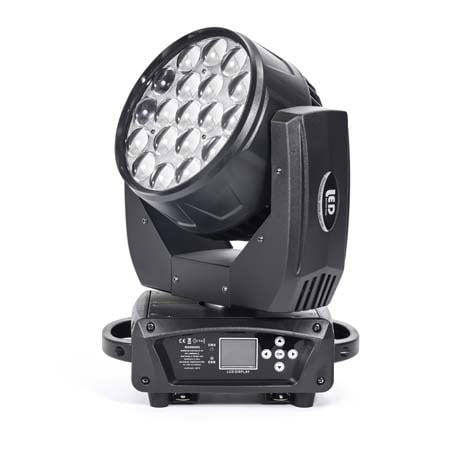





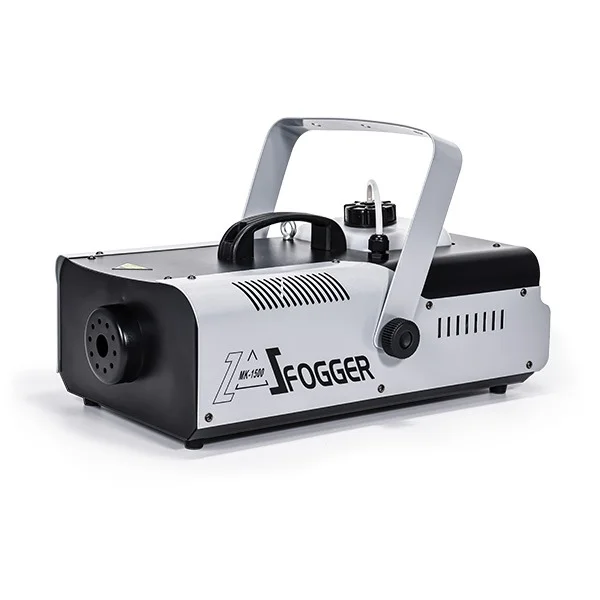
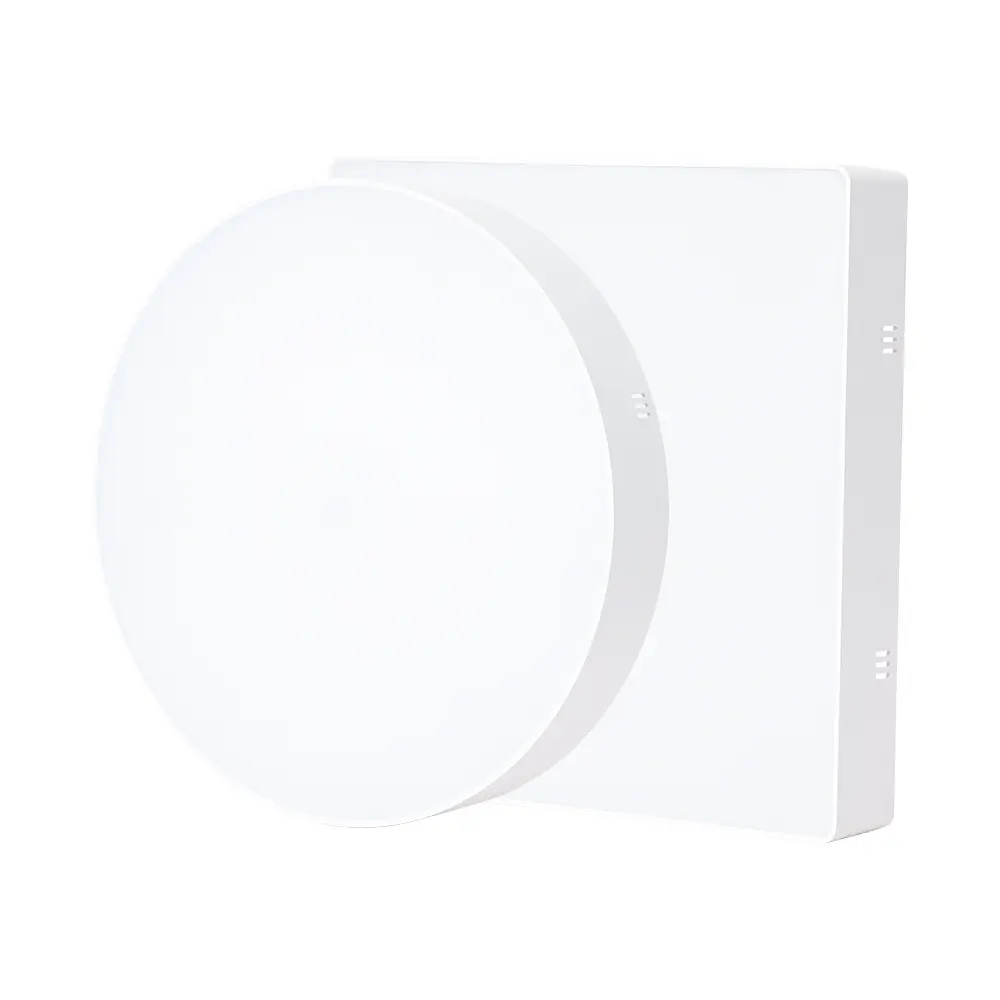

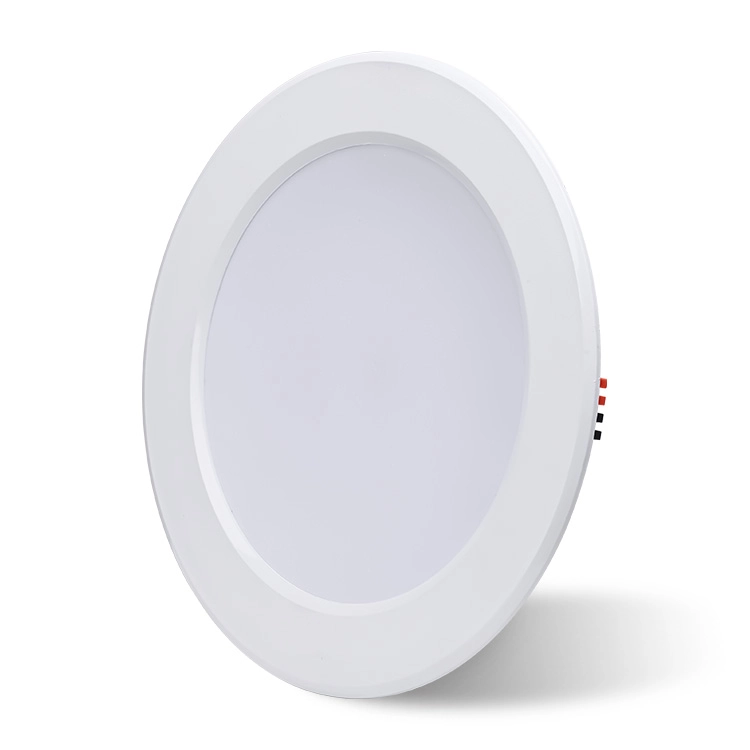
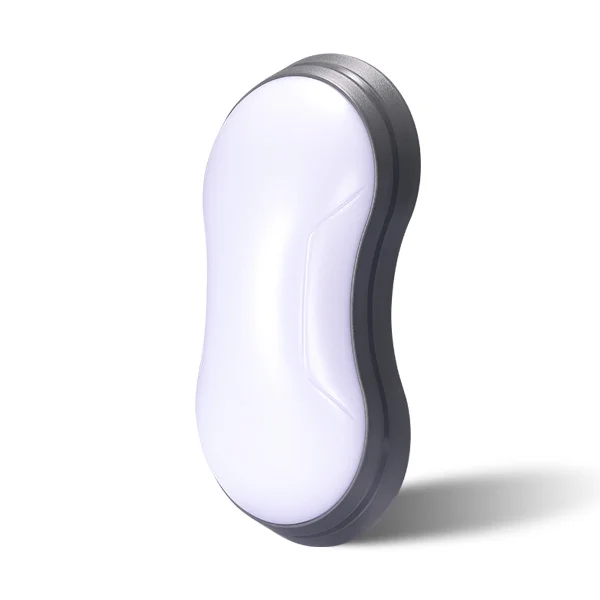

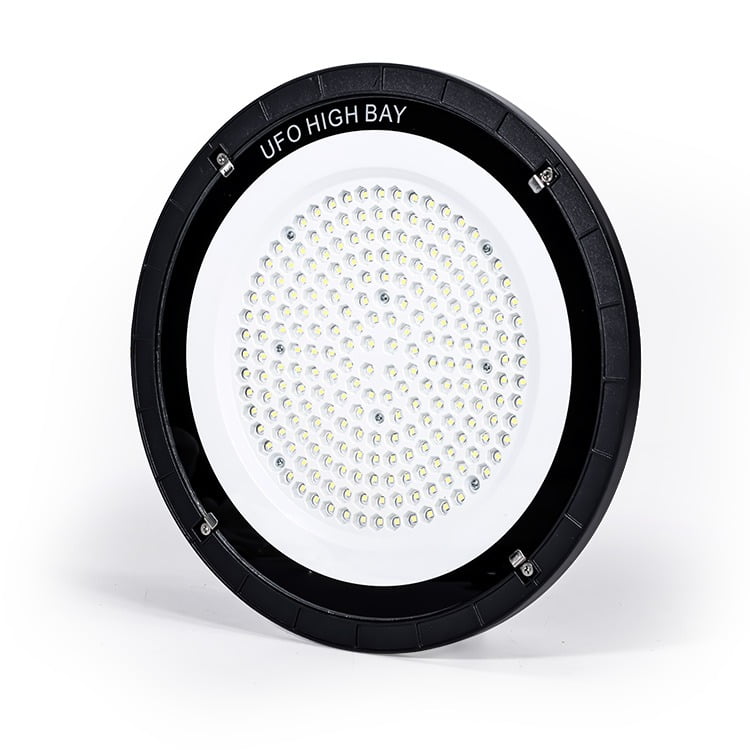
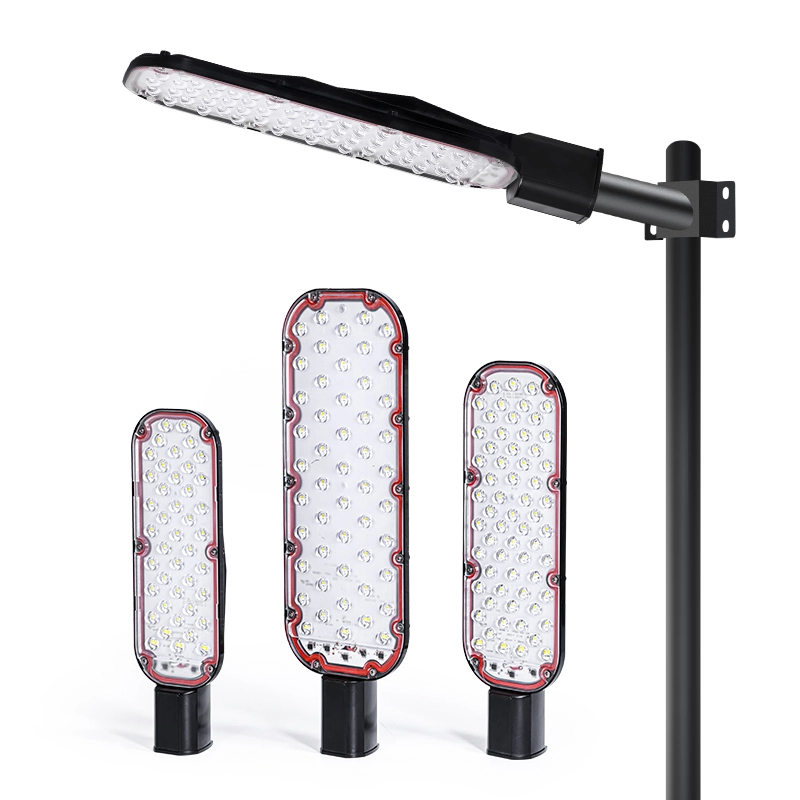

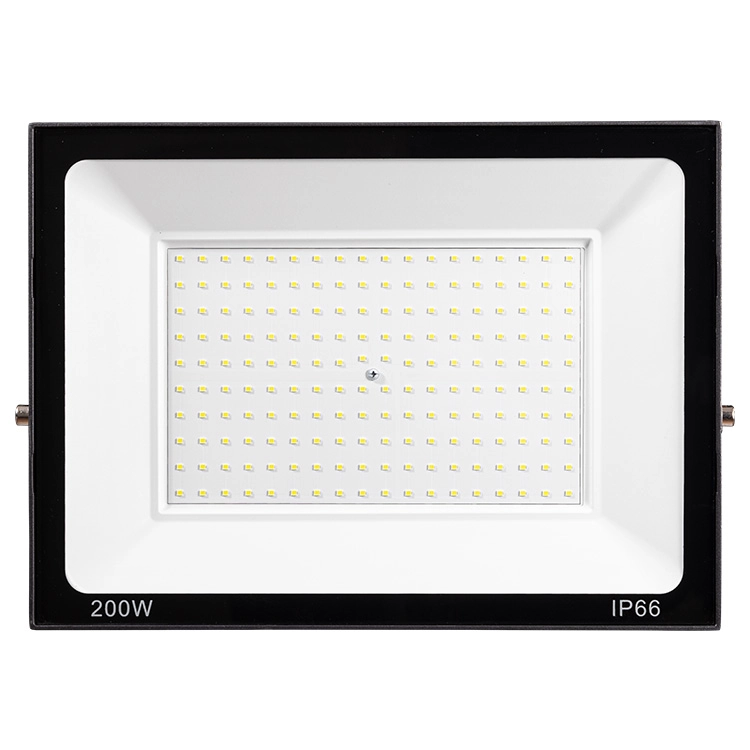
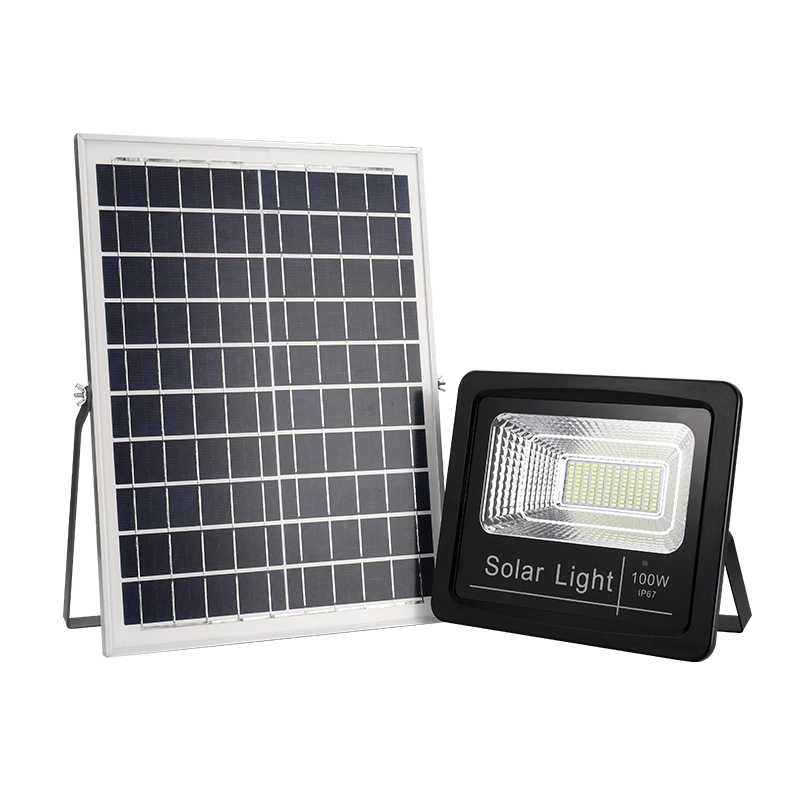
![led design ideas - 17 LED Design Ideas to Transform Your Home [February 2025] - Vorlane led design ideas - 17 LED Design Ideas to Transform Your Home [February 2025] - Vorlane](https://vorlane.com/wp-content/uploads/2025/01/led-design-ideas.webp)
![outdoor lighting ideas - 20 Brilliant Outdoor Lighting Ideas: Transform Yard [2025] - Vorlane outdoor lighting ideas - 20 Brilliant Outdoor Lighting Ideas: Transform Yard [2025] - Vorlane](https://vorlane.com/wp-content/uploads/2025/02/outdoor-lighting-ideas.jpg)
![disadvantages of led lights - Disadvantages of LED Lighting: Reveal Cost, Real Risk [2025] - Vorlane disadvantages of led lights - Disadvantages of LED Lighting: Reveal Cost, Real Risk [2025] - Vorlane](https://vorlane.com/wp-content/uploads/2025/01/disadvantages-of-led-lights.webp)
![Best LED Lights for Home - Best LED Lights for Home: Top Choices [2025] - Vorlane Best LED Lights for Home - Best LED Lights for Home: Top Choices [2025] - Vorlane](https://vorlane.com/wp-content/uploads/2025/01/Best-LED-Lights-for-Home.webp)
![beam angle calculator - Beam Angle Calculator – Simplify Lighting Calculations [2025] - Vorlane beam angle calculator - Beam Angle Calculator – Simplify Lighting Calculations [2025] - Vorlane](https://vorlane.com/wp-content/uploads/2025/01/beam-angle-calculator.webp)
![COB Light vs Panel Light - COB Light vs Panel Light: Understanding the Differences [2025 ] - Vorlane COB Light vs Panel Light - COB Light vs Panel Light: Understanding the Differences [2025 ] - Vorlane](https://vorlane.com/wp-content/uploads/2025/01/COB-Light-vs-Panel-Light.jpg)

![vorlane logo 2:1 for consent banner - COB Light vs Panel Light: Understanding the Differences [2025 ] - Vorlane vorlane logo 2:1 for consent banner - COB Light vs Panel Light: Understanding the Differences [2025 ] - Vorlane](https://vorlane.com/wp-content/uploads/2024/05/vorlane-logo-2_1-350x100.webp)